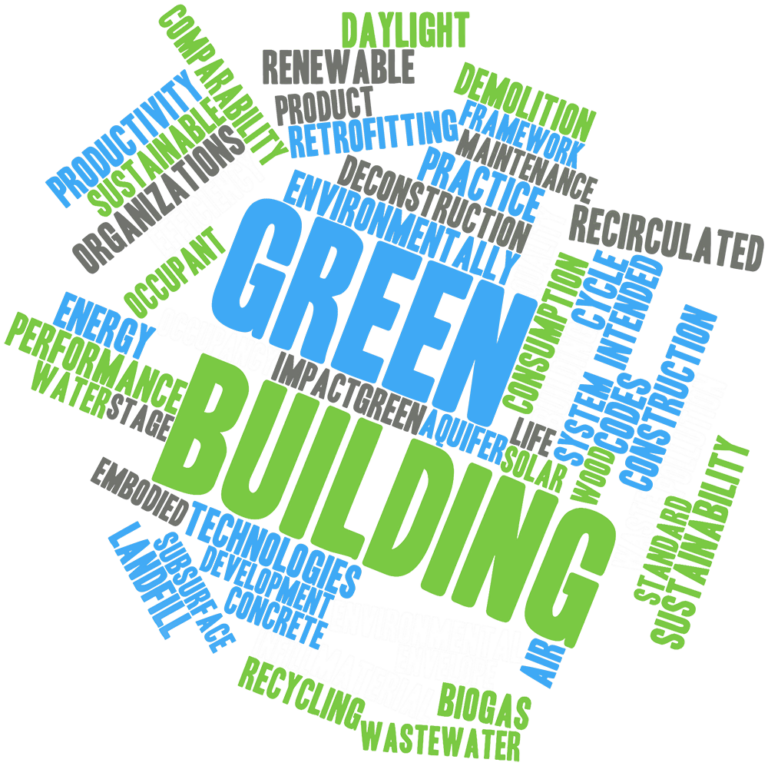
About us
We are a ConTech start-up applying Artificial Intelligence to the Architecture, Engineering and Construction Industry.
AECforward Ltd was founded by Emmanuel Verkinderen, former Technical Director at Aktii.
Our experience has been gained on projects as diverse as standard London deep basement developments and towers, complex art installations and footbridges.

Emmanuel Verkinderen
founder
Former Technical Director at aktii Structural Engineers in London. Trained in French “Grande Ecole”, he started his career as an aircraft engineer before joining the construction industry.
Our Mission
At AECforward.ai, our mission is to help the Architecture Engineering and Construction (AEC) industries to move forward faster.
We believe that the future of the industry lies in more sustainable structures and more offsite constructions. Both require more technology and forward thinking.
While other sectors have increased their productivity in the last years and embraced the digital age, method of construction is mostly stuck in the past. Technology is part of the solution to unlock this.
Conventional Design Disruption
Designers spend a lot of time sizing elements which subsequently need to be coordinated with other members of the team. And most of the time sized again… The length of this process is mainly dependent on the experience or luck of the designers.
Artificial intelligence and Generative Design are used to provide answers based on the huge amount of data from similar past designs.
Our Labs
Lab Ai-4F
AI for Fabricators
Artificial intelligence, Fabricators, API, Steelwork, Costs, Workflow, Machine Learning
Artificial intelligence, Fabricators, API, Steelwork, Costs, Workflow, Machine Learning
Our Lab Ai-4F develops Artificial Intelligence for fabricators which allows an immediate design decision based on environmental and costs criteria.
The trained AI models help designers and fabricator at different stages:
- Conceptual design; The right solution provides the most sustainable and cost-effective design.
- Tender: Contractors need some quick tools to estimate the numerous projects they are tendering and suggest cost savings.
- Fabrication detailing; With each fabricator cost inputs and manufacturing capabilities, the best solution can be found.
The lab current projects are;
- Steel fabricators AI
- Steel detailers AI


Lab 0101
Offsite
DfMa, Offsite, Precast, Parametric, CATIA, Generative, LOD 400, Grasshopper
Lab 0101 wants to encourage offsite manufacturing and Design for Manufacture and Assembly (DfMA). Productivity is increased while providing safer, greener, faster and earlier innovation adoption through the offsite construction.
Parametric design and machine learning is applied to ensure high modularity and repeatability of the design within and across projects. We can help with defining the best strategies to achieve a coordinated BIM LOD350/400 for any level of complexity using scripting and cutting-edge modelling software. In addition to Grasshopper, we are expert in CATIA – traditionally used in the aircraft industry – to generate parametric models. Our Lab includes research in generative design of:
- Precast concrete
- Facade components
- Rebar detailing and offsite fabrication
- Timber modular construction
- Complex roof geometry
For the delivery of projects, we have teamed up with GENx a 10 strong REVIT and CATIA BIM studio.
Lab 2030
Climate Emergency
Embodied Carbon, EAF Steel, Concrete, Cemfree, Structure, Timber
The industry has set an ambitious target for 2030 to reduce by at least 50%-70% the embodied carbon of new constructions in the UK.
Lab 2030 first goal is to promote early-stage design tools to determine and review design options considering accurately embodied carbon in the structure. Optimised engineering and use of more sustainable materials can help reduce the embodied carbon in a building. AECforward.ai aims at disseminating these ideas.
Current projects of the Lab 2030 include;
- Low embodied carbon steel
- Structures embodied carbon





